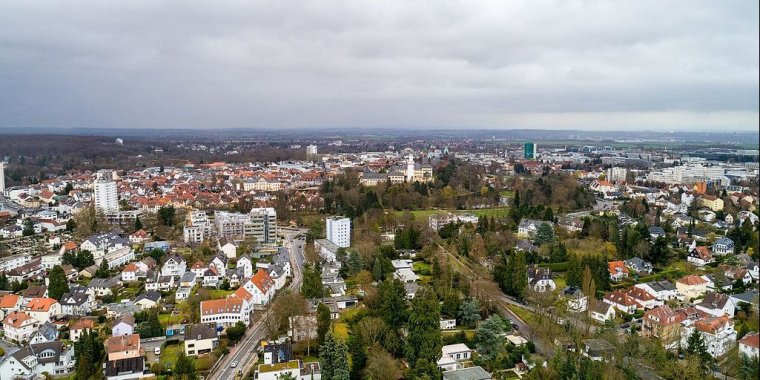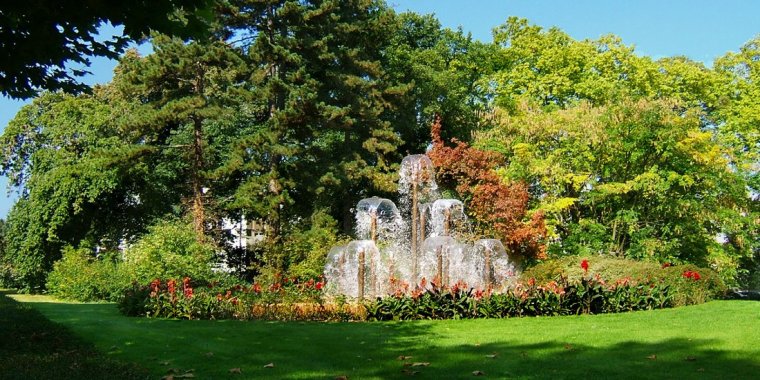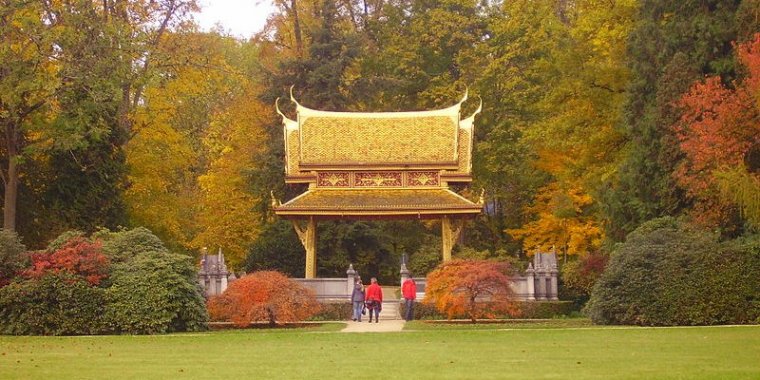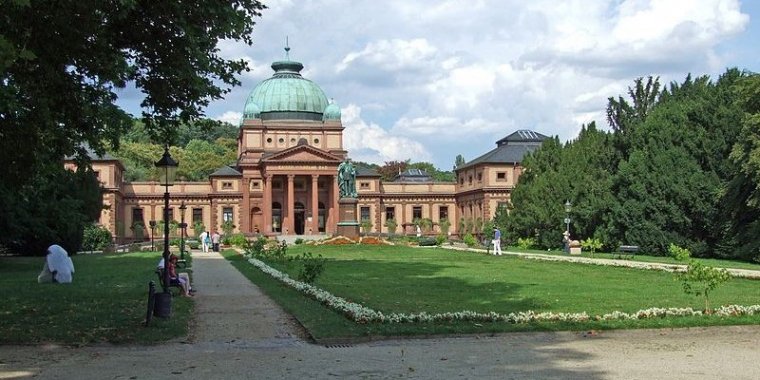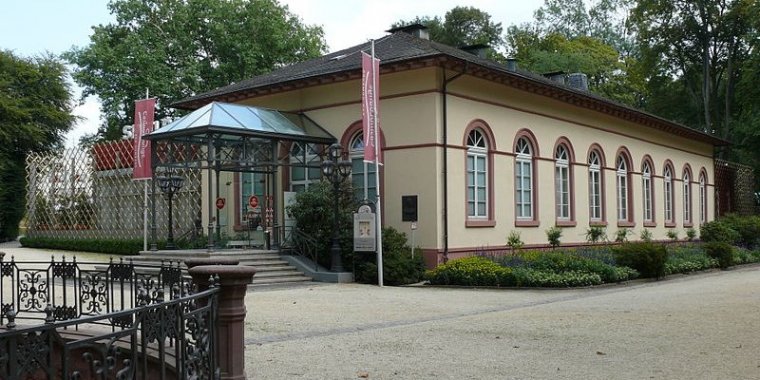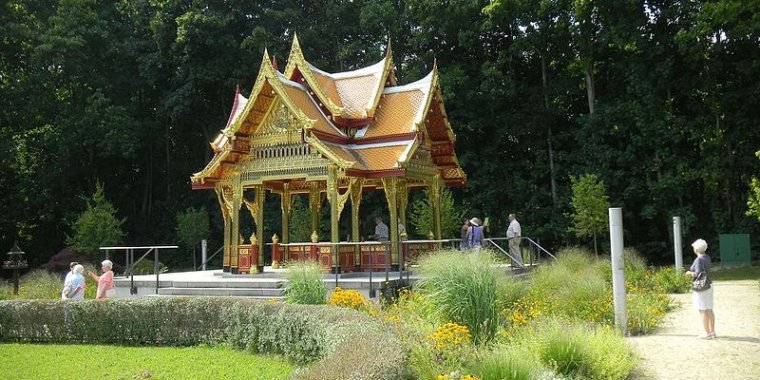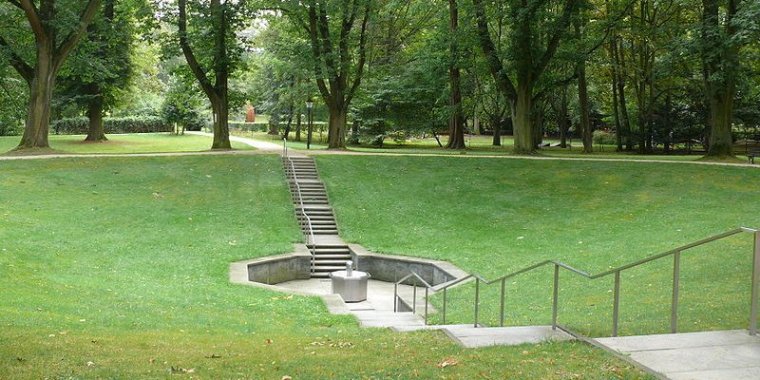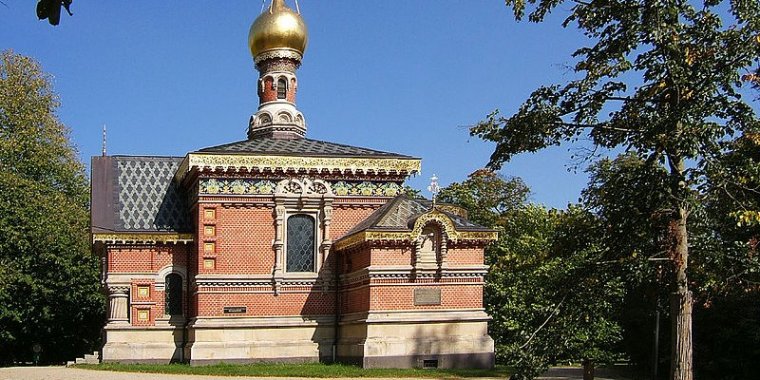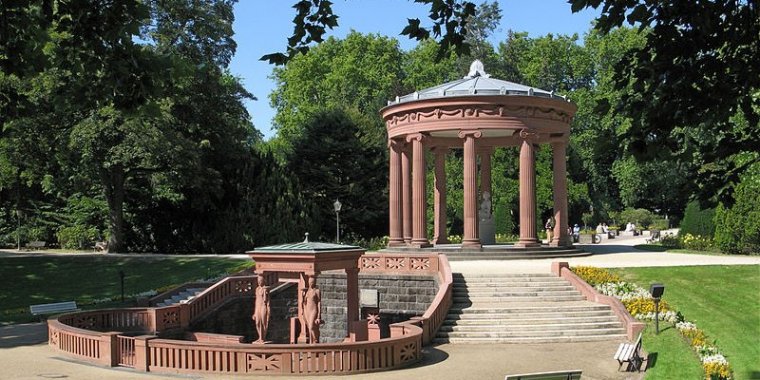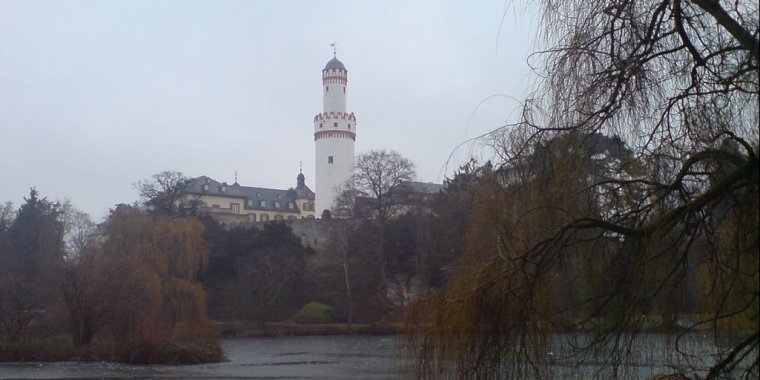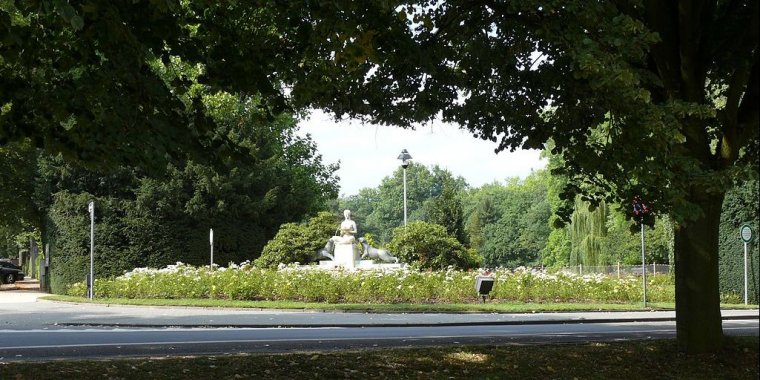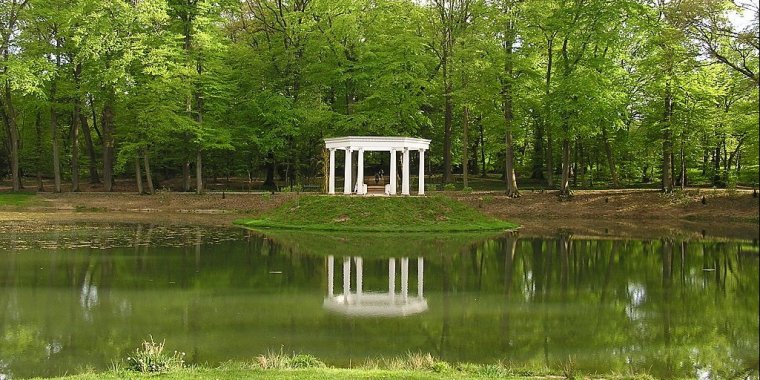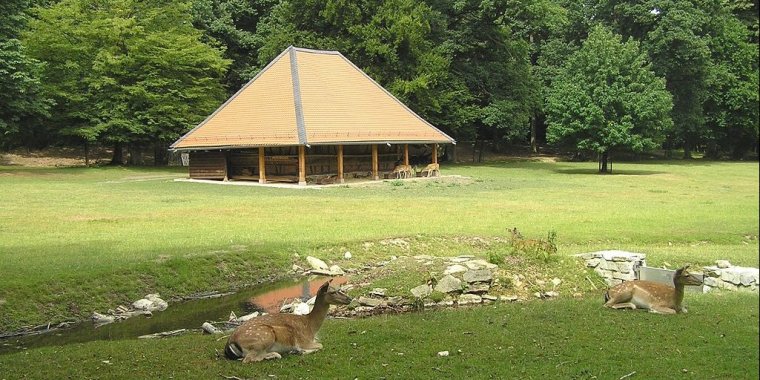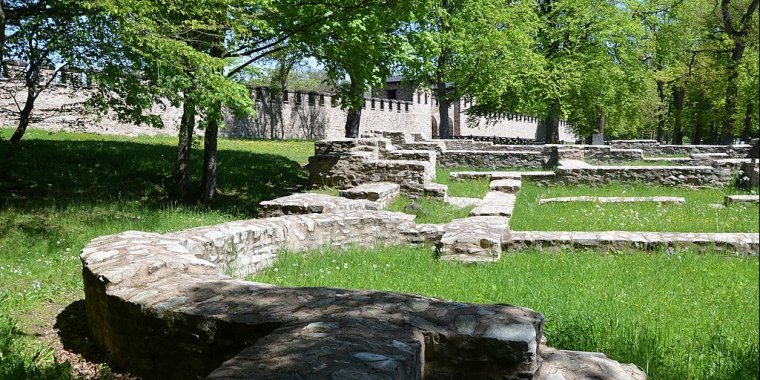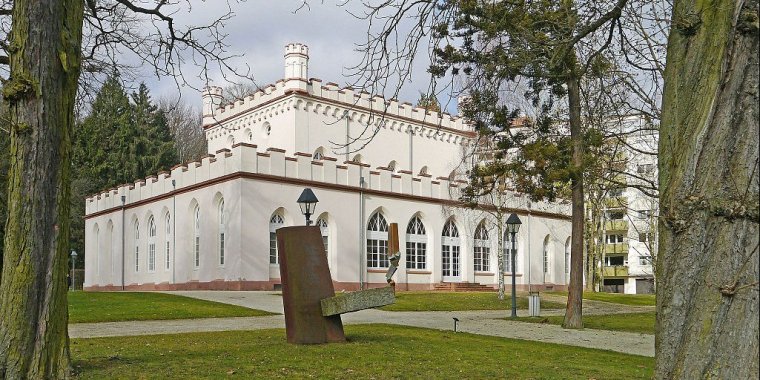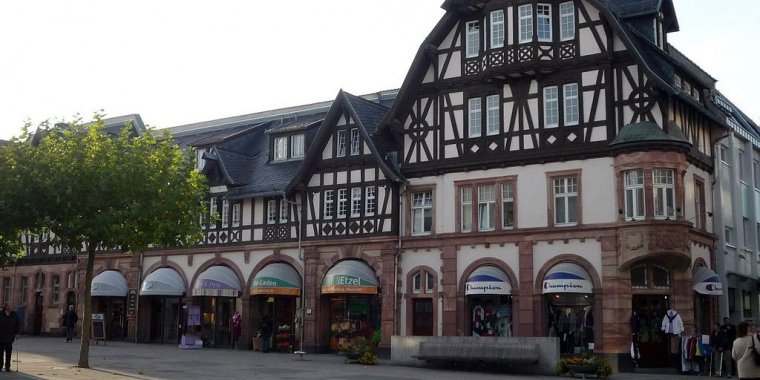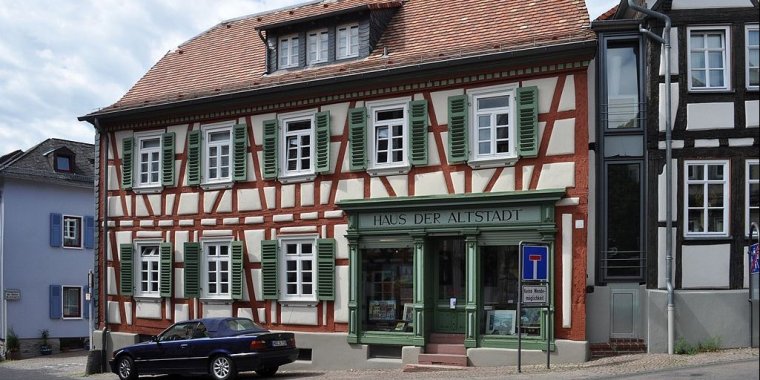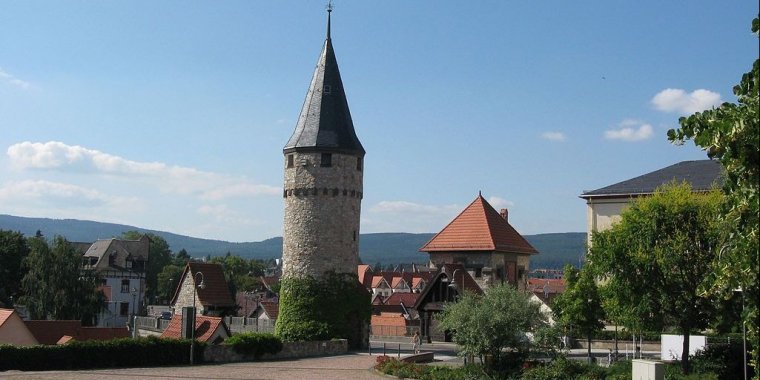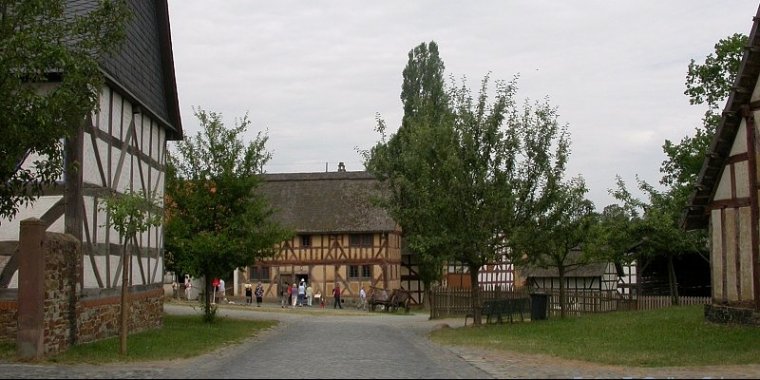| Published in Attractions / Places of Interest |
Tourist Attractions in Bad Homburg, Germany
Bad Homburg vor der Höhe is the district town of the Hochtaunuskreis, Hesse, Germany, on the southern slope of the Taunus mountains. Bad Homburg is part of the Frankfurt Rhein-Main urban area. The town's formal name is Bad Homburg vor der Höhe (translated as "Bad Homburg before the Height") to distinguish it from other places named Homburg. The name is abbreviated as Bad Homburg v. d. Höhe. It is known best for its medically used mineral waters and spa (hence the prefix Bad, meaning "bath"), and for its casino.
Kurpark
Kurpark (also called Bad Homburg Central Park) is a large park in the center of the city with mineral springs, the Kaiser-Wilhelm Bath, a small golf course, the Spielbank Casino, two Siamese pavilions, the Russian Chapel, Tennis courts, a big pond and a garden for blind people. There are occasional classical concerts near Wandel Hall at the eastern end of "Brunnenallee" (Avenue of Fountains).
• Thai-Sala in the park (Thai-Sala im Park), Paul-Ehrlich-Weg, Kurpark. On May 22, 1914, the first Thai-Sala ("Siamese Temple") was inaugurated in the presence of Prince Mahidol of Siam.
• Kaiser-Wilhelms-Bad, Brunnenallee, Kurpark. This palatial therapy house was built between 1887 and 1890.
• Kaiserbrunnen ("Der Sprudel"), Brunnenallee, Kurpark. This fountain is in a pit before the Kaiser-Wilhelms-Bad. The acidulous sodium chloride water is fizzy and used for both bathing and drinking.
• Spielbank Bad Homburg, Brunnenallee, Kurpark. The casino near the Kaiser-Wilhelms-Bad.
• Thai-Sala at the spring (Thai-Sala an der Quelle), Am Weinbergsweg, Kurpark. In 2007, King Bhumibol and Queen Sirikit gifted a second Thai-Sala to Bad Homburg.
• Stahlbrunnen ("steel spring"). This spring is rich in low-carbonic iron and its water is used to treat anemia.
• Auguste-Viktoria-Brunnen, Brunnenallee, Kurpark. The fountain has a temple-style monument. Water from the fountain is used to treat gastroenterological disorders.
• Louisenbrunnen ("sulfur spring"), Brunnenallee, Kurpark. Only die-hards drink from the "sulfur spring" as the water's taste and smell make it undrinkable for most people.
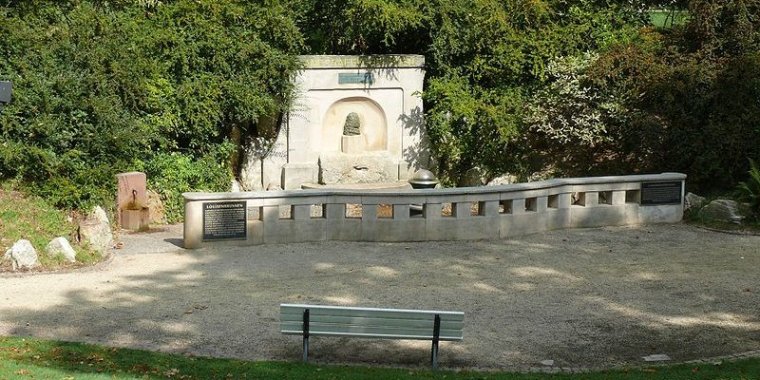
"Louisenbrunnen" and "Landgrafenbrunnen". ![]()
• Landgrafenbrunnen, Brunnenallee, Kurpark. Fountain with a small art nouveau monument. The spring was discovered in 1899 and from 1903 onwards, its water was drunk as healing water to treat liver and gall bladder illnesses.
• Russian Chapel (All Hallows' Church). The church was built in 1896 to serve Russian spa guests who wanted an Orthodox church.
• Elisabethenbrunnen, eastern end of Brunnenallee, Kurpark. The statue of Hygeia, the Greek goddess of health, is seated inside a temple overlooking the fountain.
• Small fountain, Augustaallee & Am Elisabethenbrunnen. The water from this small, utilitarian fountain near the Elisabethenbrunnen has a heavy bitter saline taste that people might find undrinkable.
Other Parks
• Schlosspark (Castle Park). A park with a big pond, situated west of the Landgrave Castle.
• Kaiser-Wilhelm-Jubiläumspark. Inaugurated 1913 for the 25 year anniversary of the accession to the throne of emperor Wilhelm II. Cycling is allowed here unlike in the other parks.
• Kleiner Tannenwald, Between Mariannenweg & Leopoldsweg. Newly constituted park of the garden landscapes of the landgrave with quite a large pond.
• Hirschgarten and Forstgarten located in the city forest west of Dornholzhausen; large game reserve with deer.
Castles
• Landgrave Castle with White Tower (Schloss Bad Homburg vor der Höhe). The White Tower (Weißer Turm) is a remainder of an earlier medieval castle, and the town's landmark.
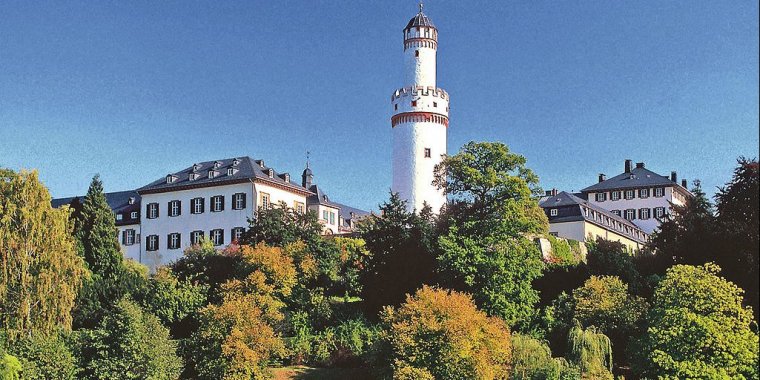
Landgrave Castle with White Tower. ![]()
• Roman Fort Saalburg (Take a bus from Bad Homburg, or take the "Taunusbahn" to station "Saalburg" and walk 45 minutes along the Limes to reach the fort). Near World Heritage Site Limes (border wall between the Roman Empire and free Germanic lands)
• Gotisches Haus (Hunting Lodge). Gothic House
Other Sites
• Markplatz. This small square along Louisenstraße features an attractive half-timbered building.
• AltStadt, Rind'sche Stift-Straße. At the corner of Rathausstraße and Rind'sche Stift-Straße, there is a small Altstadt with half-timbered buildings. Further along Rind'sche Stift-Straße, you will find a residential area with older style architecture again including half-timbered houses. This residential area extends under the Ritter-von-Marx-Brücke.
• Ritter-von-Marx-Brücke. The western end of the bridge has 2 attractive towers called the Stumpfer Turm and the Rathausturm. The bridge also gives a rooftop view of the Altstadt below.
• Hessenpark (near Anspach). Open-Air Museum.
• Horex Museum, Horexstraße 6. We 10AM-2PM, Sa/Su 12PM-6PM. A museum dedicated to the history of the motorcycle brand Horex, headquartered in the city. €2,50.
• Museum im Gotischen Haus (Hat museum), Tannenwaldweg 102. Tu-Sa 14:00-17:00 Su and Holidays 10:00-18:00. A museum covering history up to World War I also housing a hat museum regular 2€, reduced 1€, under 14 free.
• Central Garage Automuseum (car museum), Niederstedter Weg 5. W-Su: 10:00 - 16:30. Private car museum free. (Wikivoyage)
YOU MAY ALSO LIKE



 If you own or manage a travel-related business such as a hotel, a bed-and-breakfast, a restaurant, a pub or a cafeteria, you can create a web page for your business for free on Titi Tudorancea Travel Info. » |
